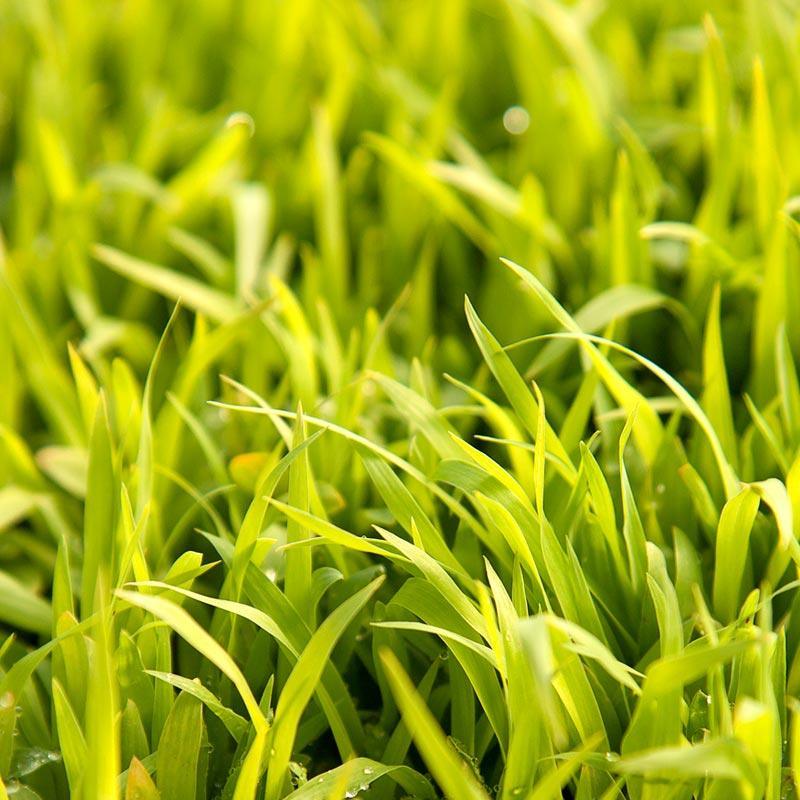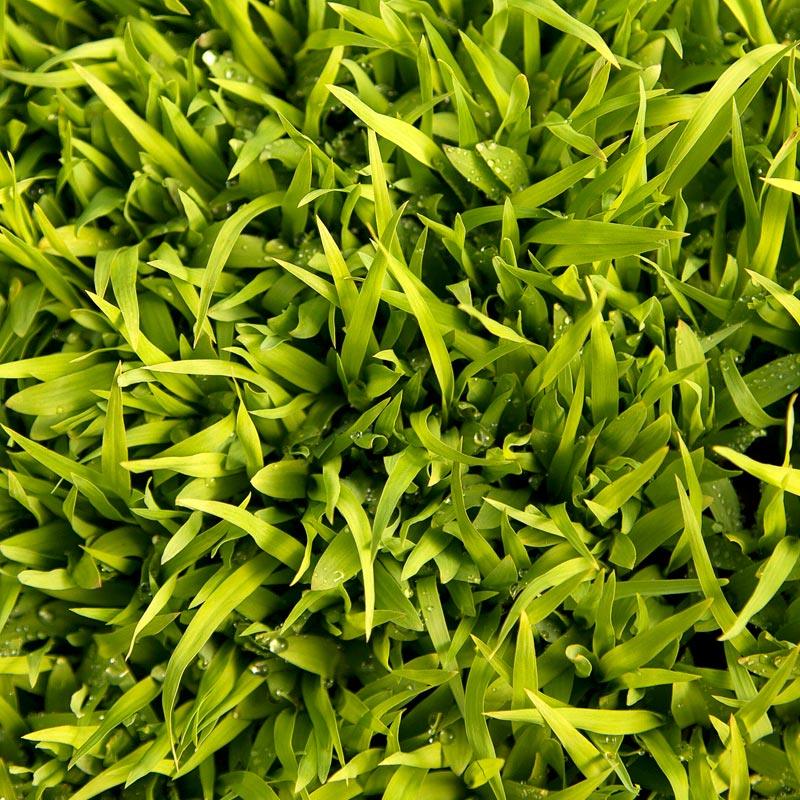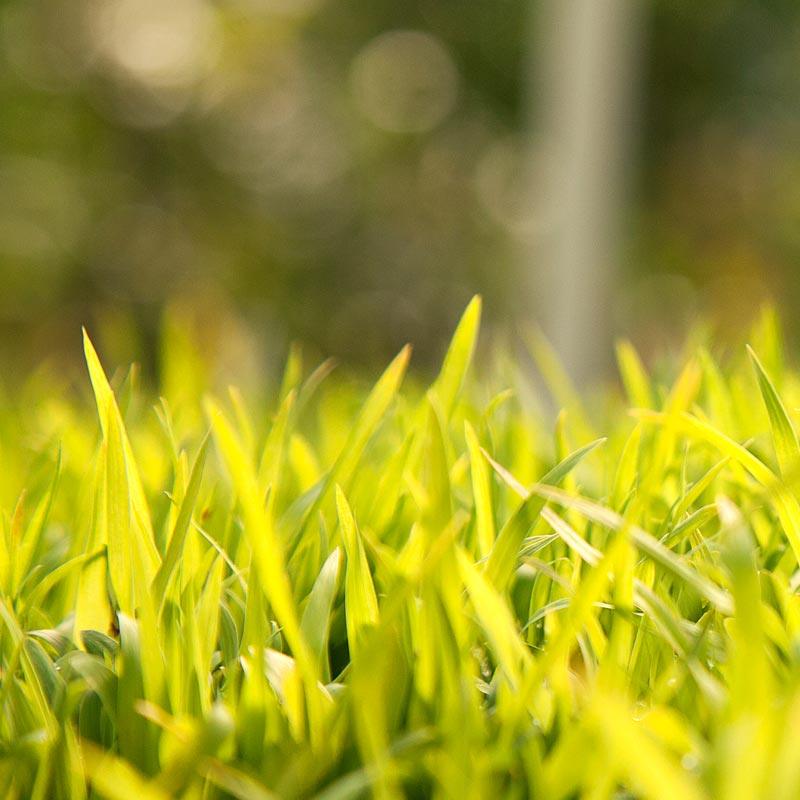Item Number: SCG702
Sudangrass Seed (lb)
Chokes Weeds and Produces Organic Matter for Till In
Sorghum bicolor var. sudanense Warm season cover crop
King of the organic matter-producing cover crops and one of the most vigorous summer plants, sorghum sudangrass is ideal for planting when the ground is warm. This cover crop can be mowed regularly in orchards or vineyards to control height. When combined with Woolypod Vetch (20% sudangrass & 80% Woolypod Vetch), it creates an effective cool summer cover crop for areas where temperatures do not exceed 85°F. Sudan grass seed for sale is readily available for those looking to establish this robust sudan grass seeds variety. No inoculant is needed when planting sorghum sudangrass.
- Application Rate: 1-2 lb/1000 sq ft or 35-50 lb/acre
- Inoculant: None needed
- Germination: Days
- Plant Height: 8'
- Days to Till In/Maturity: 45-60/105 Days
- Uses: Reducing excess soil nitrogen. Harvested for hay. Use in orchards or vineyards.
- Facts to Note: Grows well in hot, fertile, irrigated soil. Sudangrass should be incorporated after it has been stressed ( e.g., after the first frost or after withdrawal of irrigation). Horses and cattle love it, but note that Sudangrass is toxic to livestock immediately after frost and possibly when plants are young (up to 24 tall) or stressed. Matures to hay in 75-80 days.
Sudangrass seeds are an agricultural treasure that offers numerous advantages for farmers, livestock owners, and gardeners alike. This versatile and robust grass species has gained popularity for its multiple applications, ranging from forage production to soil improvement.
Understanding Sudangrass
Sudangrass (Sorghum sudanense) is a warm-season grass native to the African continent. It belongs to the sorghum family and shares many similarities with other sorghum species. Sudangrass is an annual plant that thrives in hot and dry climates, making it an ideal choice for regions with scorching summers. It is valued for its rapid growth and versatility in various agricultural practices.
Forage Production
One of the primary uses of sudangrass seeds is for forage production. Farmers and livestock owners often cultivate sudangrass as a valuable source of high-quality feed for their animals. Sudangrass boasts several advantages in this regard:
Rapid Growth: Sudangrass has a remarkable ability to grow quickly, producing lush, leafy vegetation in a short period. This rapid growth makes it an excellent choice for providing a steady and abundant supply of forage.
Nutrient Content: The leaves and stems of sudangrass are highly nutritious for livestock. They are rich in protein, energy, and essential minerals, making them an ideal dietary option for cattle, sheep, and other grazers.
Drought Tolerance: Sudangrass exhibits impressive drought tolerance, thriving in conditions where other forage crops may struggle. This resilience makes it a valuable asset in regions with irregular rainfall patterns.
Soil Improvement
Beyond its role in forage production, sudangrass also contributes to soil improvement. When grown as a cover crop, it offers several benefits to the soil:
Erosion Control: Sudangrass has an extensive root system that helps stabilize the soil, reducing the risk of erosion, especially on sloping terrain.
Weed Suppression: Its vigorous growth outcompetes weeds, providing a natural form of weed control. This can be particularly advantageous for organic farming practices.
Organic Matter: As sudangrass decomposes, it adds organic matter to the soil, enhancing its structure and fertility. This organic matter also aids in moisture retention.
Gardening and Landscaping
Sudangrass can be a valuable addition to home gardens and landscaping projects. Its lush, green foliage and rapid growth make it an attractive choice for creating temporary privacy screens, windbreaks, or ornamental borders. In gardens, it can serve as a green manure cover crop, improving soil health and reducing weed pressure in between growing seasons.
Cultivating Sudangrass
Cultivating sudangrass is relatively straightforward, making it accessible to both experienced and novice gardeners or farmers. Here are some key considerations for successful sudangrass cultivation:
Planting Time: Sudangrass is best planted in late spring or early summer, once the soil has warmed to a suitable temperature.
Seed Depth: Plant the seeds at a depth of 1 to 1.5 inches in well-prepared soil. Adequate soil moisture is crucial for germination.
Spacing: Space the seeds or seedlings according to your intended use—closer spacing for forage production and wider spacing for landscaping or cover cropping.
Maintenance: Sudangrass requires regular watering, especially during dry periods, to support its growth. It is also advisable to monitor for pests and diseases.
Sudangrass seeds offer a wide range of benefits, from providing nutritious forage for livestock to enhancing soil health and contributing to landscaping projects. Their versatility and adaptability to various agricultural practices make them a valuable addition to any farming or gardening endeavor, especially in regions with hot and dry climates. Whether you are a farmer seeking quality forage or a gardener looking to improve your soil, sudangrass seeds have much to offer.



Check Your Zone Compatibility:
Compatible with your zone.
Growing Zone for

Our Guarantee To You
Since 1976, we've served our customers at every stage of growing. Please contact us at any time. We are happy to support and assist you.
Shipping Information
Shipping Information
Shipping Weight: 1.1 lb
Dimensions: 7.5"L x 7.0"W x 2.0"H
Features
Features
- Adds Significant Organic Matter
- Easily Established
- Good for Forage/Hay
- Good for Weed Competition
- Helps Control Erosion
- Provides Quick Growth
- Requires Summer Water
- Somewhat Drought Tolerant
Characteristics
Characteristics
Use Instructions
Use Instructions
Useful Information
Useful Information
Guarantee
Guarantee
Share



sOLID
Great, weed-smothering warm-season cover for hand-scale gardening. I use it on double-dug beds anytime they'll be bare for a few weeks or more. Growth rate is phenomenal.
Germination is a little bit spotty, but I did hand sprinkle them so it could be human error. Only took five days to sprout, and now four days later they're at least six inches tall.
This is my first time growing Sudangrass and my first cover crop. Happy with how it's looking at the moment.
Huge plants grows very quickly, mow high get four or five mowing's a year in Sacramento Valley.
Grows quick keeps up with sudan grass well.



